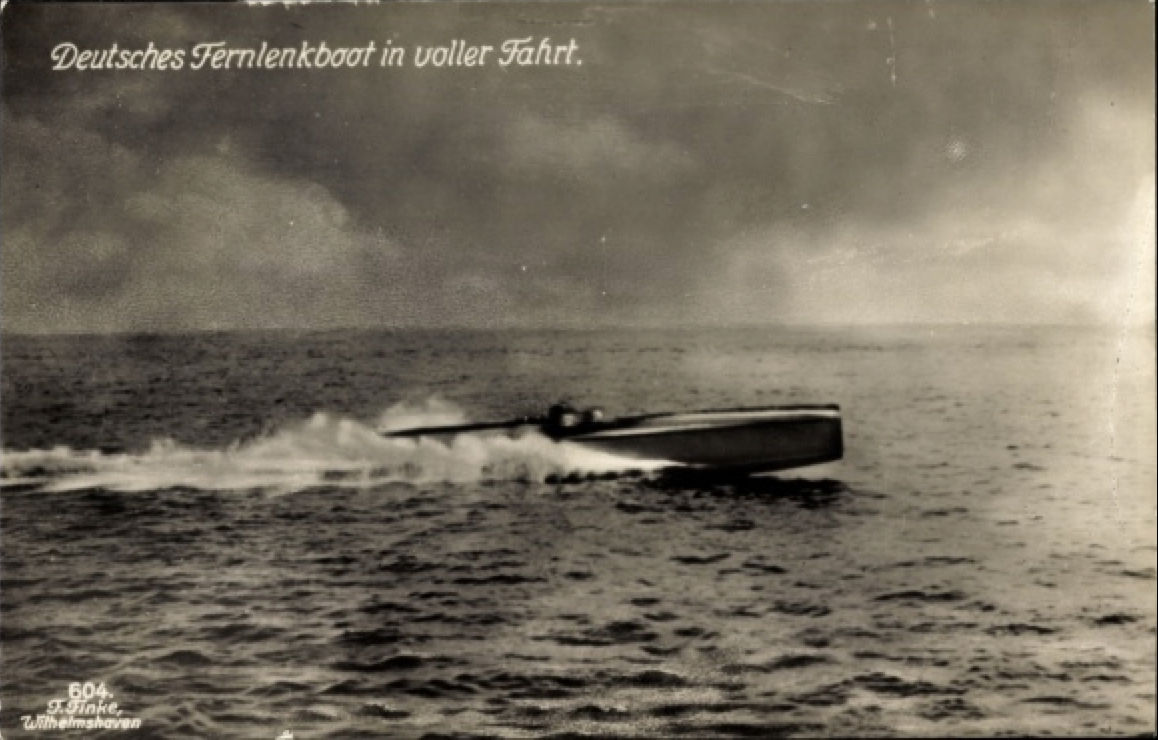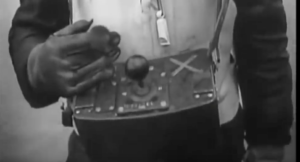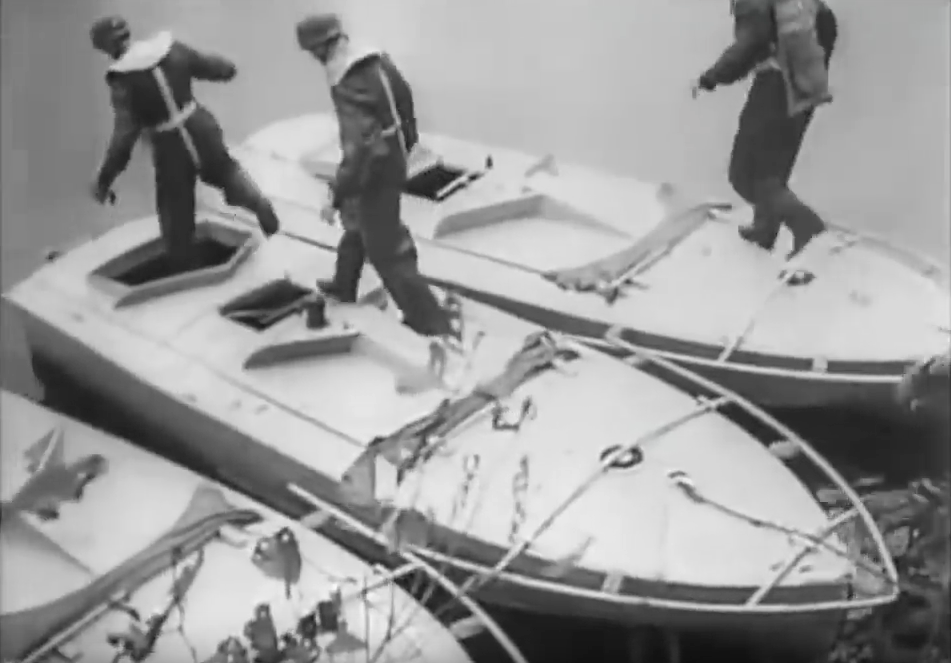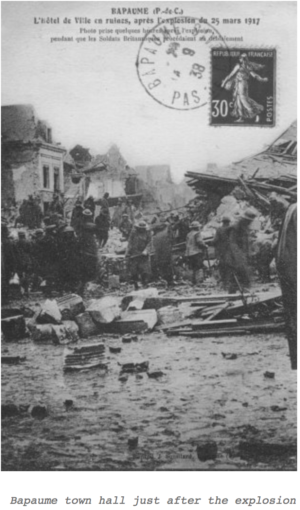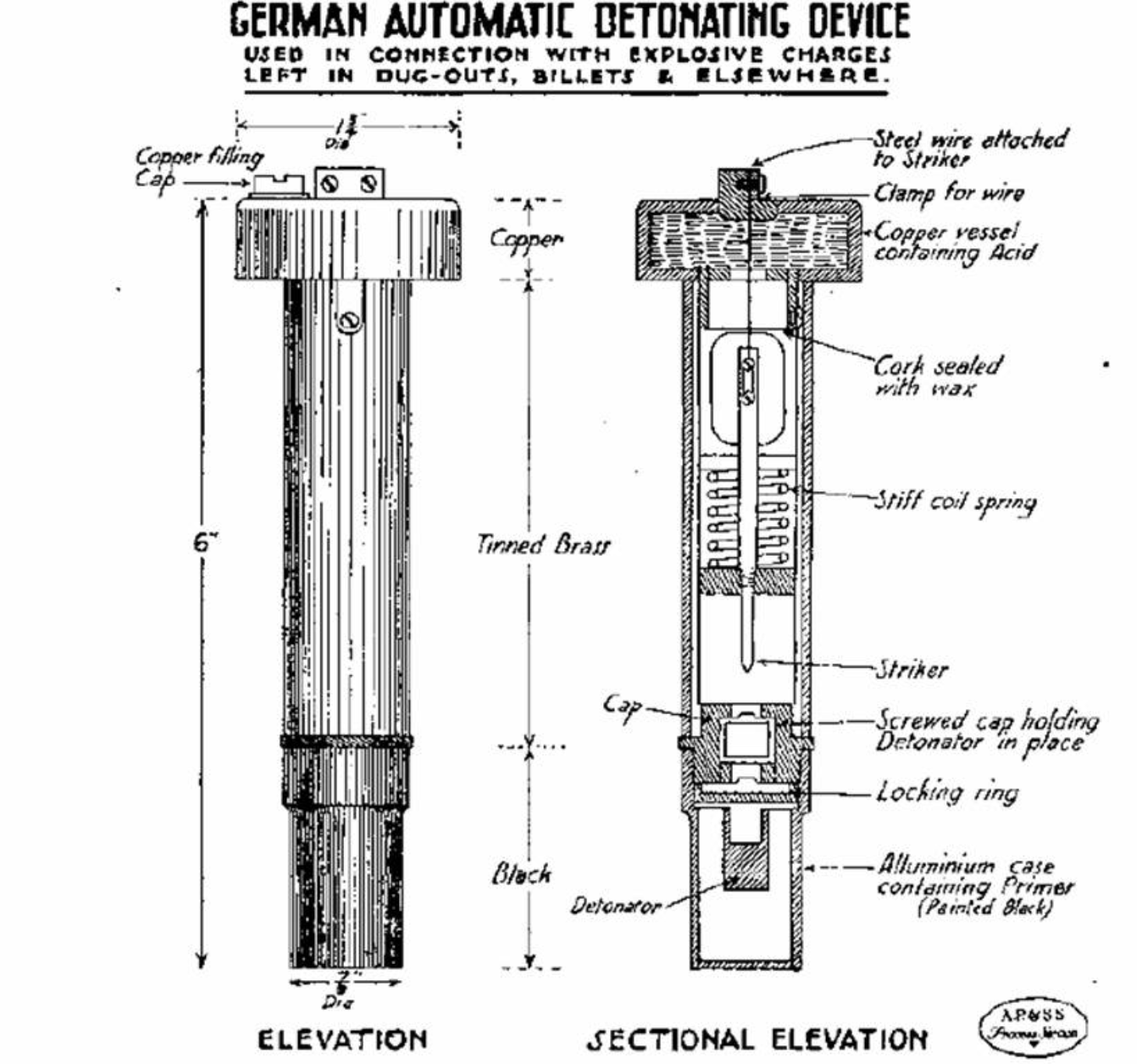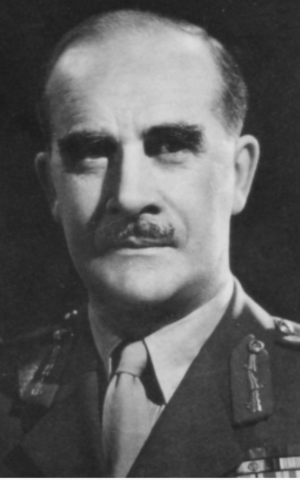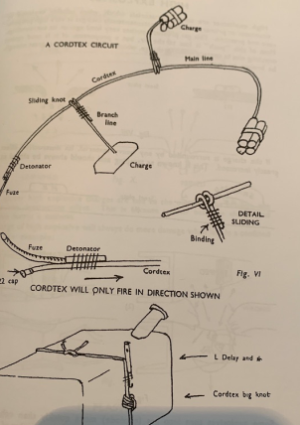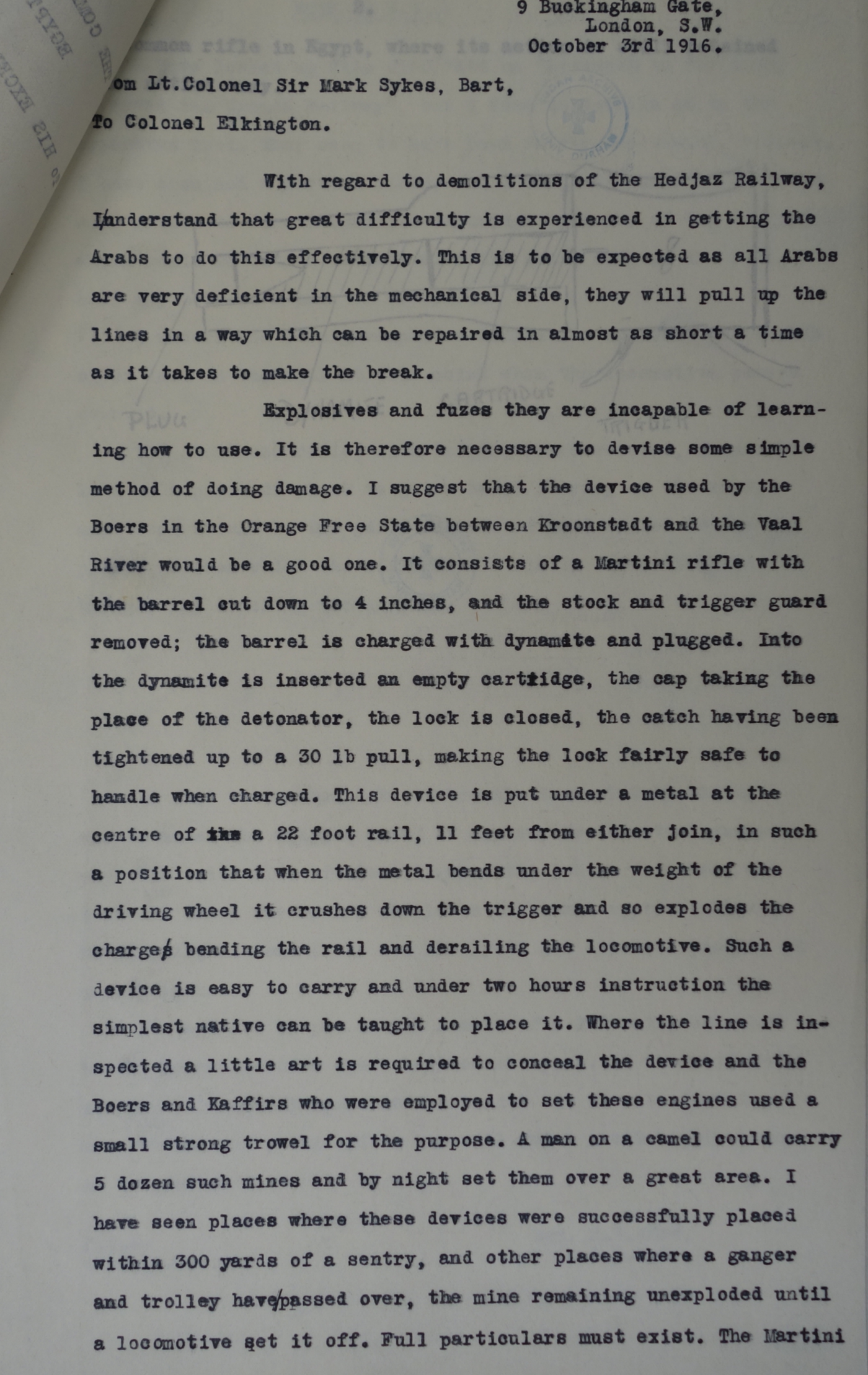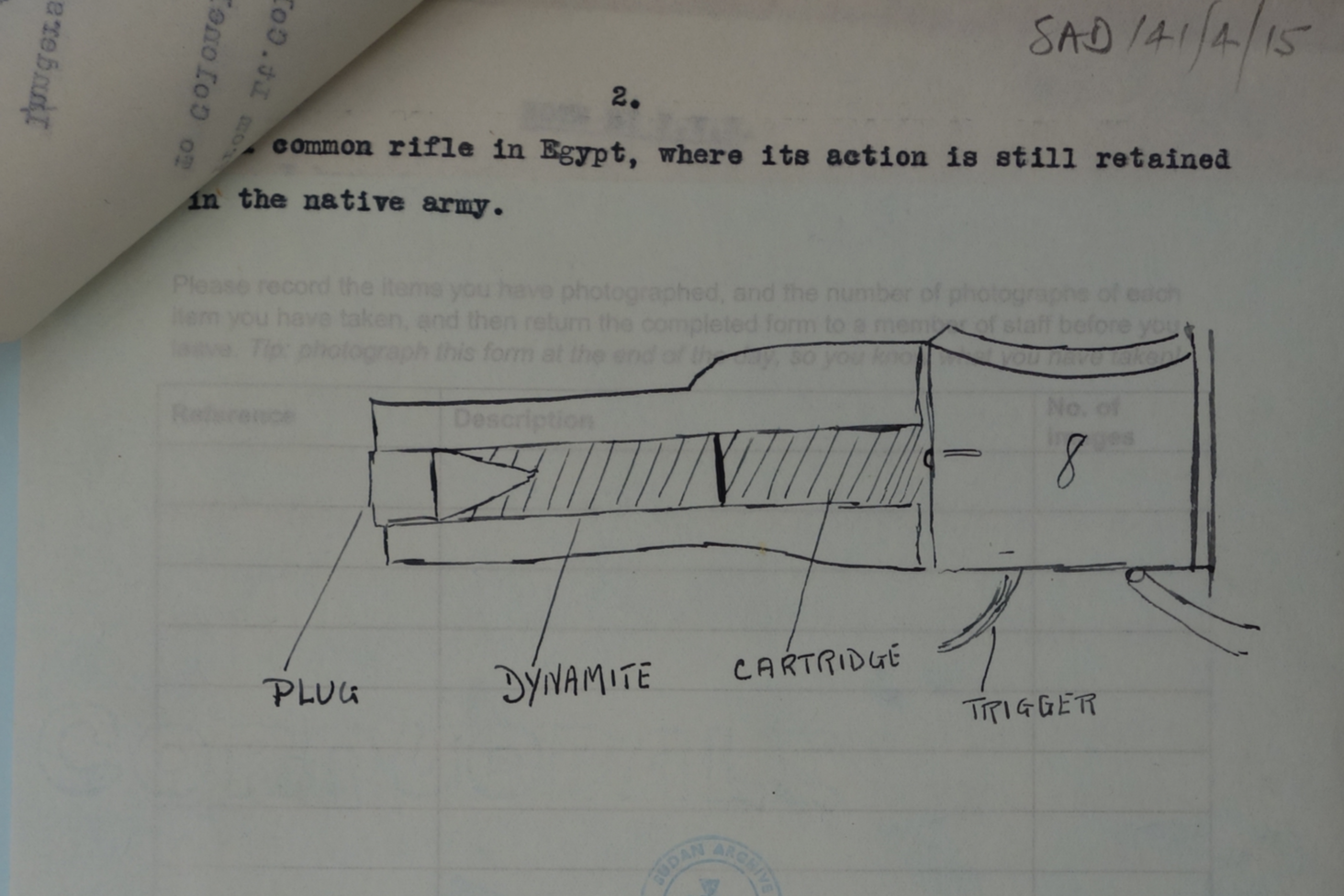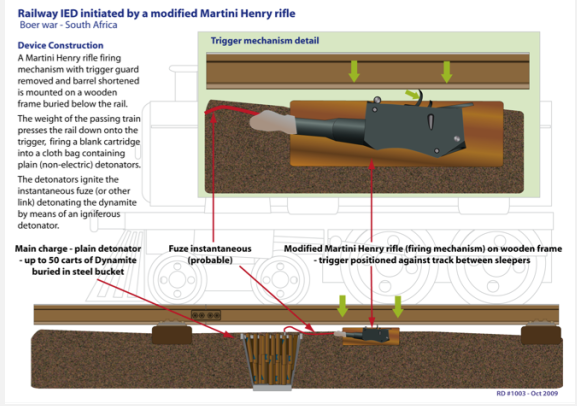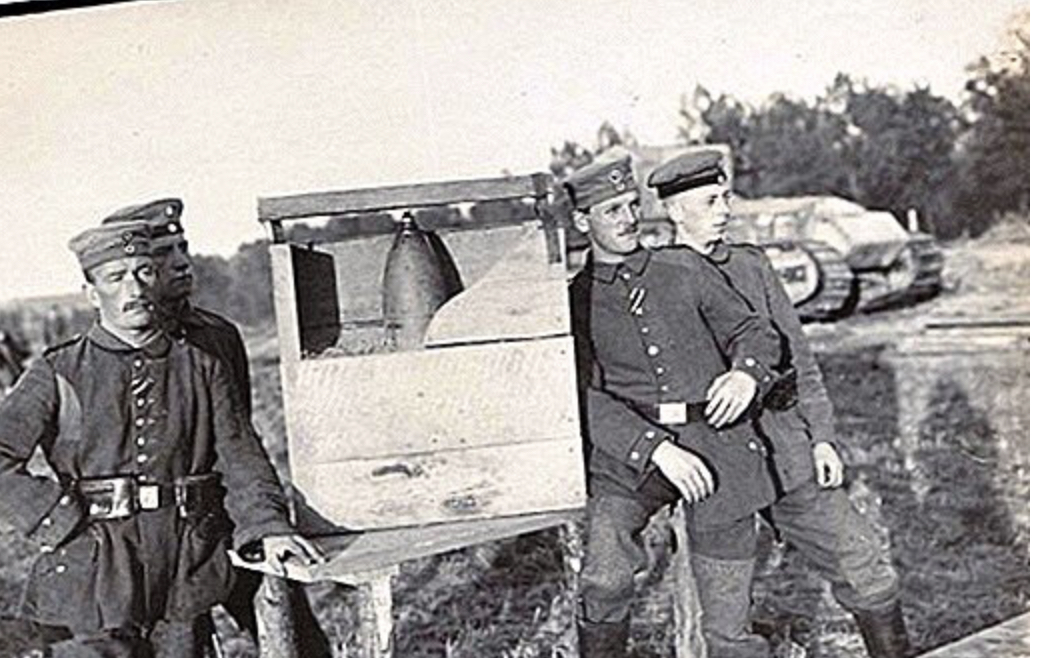Apologies, it has been some time since my last blog – I have been distracted on other projects.
This blog is an interesting addition, I think, and opened my eyes once again to matters of historical technology that have been forgotten by many. It concerns German remote-controlled, explosively-laden boats in WW1 and WW2 used in the English Channel and the north European coastline. Given current interest in drone technology it is tempting to start by putting it in that context, but I think I’m going to start by putting it in the context of the boat and ship-borne IEDs that have been something of a theme of this blog in recent years. To remind you the North European coast from the Netherlands, through Belgium, the English Channel and round the French coast beyond St Nazaire have seen repeated use of the concept of a ship or boat loaded with explosives and sent to or placed next to a target for many centuries. You can see my blogs on these by following the “ship-Borne IED” tag on the right hands column, In rough historical order, these are:
- The Hoop, Antwerp, 1584
- A floating IED designed by Fulton, use against the French in 1620s by the British Royal Navy
- Benbow’s Vesuvius of 1693, St Malo
- Captain Dundas’s “machine vessel”, used against Dieppe and others used against Dunkirk, 1694
- Meister’s ship IEDs of 1695
- A catamaran IED used against the French by the Royal Navy in 1804
- Cochrane’s Infernals of 1809 used at the Aix Roads, and a larger vessel built in 1812
- The Zebrugge raid of 1918
- Operation Lucid, 1940
- Operation chariot , St Nazaire, 1942
So all of these attacks used boats or ships loaded with explosives to attack ports and shipping. In that context the use by the Germans of the same concept in WW1 and WW2 shouldn’t be a surprise but I have only just become aware of them.
WW1.
Below is a picture of a WW1 weapons used by the Germans in the English channel in WW1. It’s called the “Fernlenkboot” (“remote control boat”), sometimes abbreviated to FL-boot. The vessel was 17m long, and carried 700kg (1,500lbs) of explosive. The concept was to use these against British Royal Naval vessels operating off the coast of Flanders – right in the traditional area for such attacks over the centuries. The control concept was quite complicated. Each boat had a spool of wire 20km long to provide control signals. Observation was by aircraft which flew above and sent radio messages to a control station about steering directions. The boat had a powerful petrol engine and could achieve speeds of 30 knots. I have found some inconsistent but intruiging suggestions that as well as the cable controlled versions, radio control systems may also have been developed. Certainly some seem to have been equipped with antennae.
The commands available included
-
System test
-
Engine start, engine stop
-
Set Rudder position
-
Turn on a light, to enable the boat to be tracked at night
-
Detonate the warhead, to prevent capture of the boat if it missed its target
In later systems there was an auto destruct mechanism added that functioned after a time period.
The vessels were not used that often but one did hit HMS Erebus in October 1917 which was damaged but not sunk.
The provenance of this weapon is worthy of exploring. The system was built by “Siemens-Shuckert” and seems to have had its genesis in an idea that Werner Siemens the late 19th century engineer developed in 1871. I have blogged about
Werner Siemens and his port defence command initiated IEDs before here. In 1905 his son Wilhelm resurrected his father’s ideas for remote controlled boat weapon. It appears that Siemens developed the idea of an remote controlled , explosively laden boat some time before Tesla, who had a similar idea some 20 or 30 years later. Siemens really does play an important part in the history of explosive systems. The development of such technology of course parallels the development of modern torpedo technology. The advantage of a surface system is that it can be actively seen and steered by the user – the disadvantage is that the system can also be seen by the target, (stating the obvious here). By 1914 the Siemens-Shuckert firm had continued to develop its technology and an interesting event occurred. There was a “power boat competition” in Monaco and a hi-tech French powerboat with an innovative engine was expected to be the winner. Just before the race, the boat was withdrawn by the French competitor and the boat disappeared – to turn up later in the Siemens- Shuckert research facility in Berlin, being reverse engineered. There was a French government investigation into the acquisition by the Germans of this technology. It appears that a man called Schmidt, who “pretended to be Russian” had bought the speedboat for hard cash. He was working with the German company Bosch, who were in return working for Siemens. This is the motor that appeared in the FL-boot in the war. So some very interesting German technical espionage and industrial technology acquisition was going on before WW1.
WW2
In WW2, the Germans develop a similar concept called “Linsen” – high speed boats filled with explosives. The concept was somewhat simpler – the boats had a crew (eventually of one person) who got the system within a distance of a target and then they “bailed out” jumping overboard. Then a control boat with an operator steered the Linsen craft to its target at high speed. this control boat in theory then picked up the original crew. Like other systems, there were quite a few variants. Maximum speed from its Ford petrol engine was 31 knots. The boats carried a charge of 300kg. A contact fuse in the bow caused the bow to blow off but the main charge (and engine) in the stern then sank, and detonated at a depth under the target, thus increasing the explosive effect. Clever. Radio control from the support vessel was by ultra-short wave radio on the 7m band, a Blaupunkt, using various transmitted “tones” decoded into commands. The receiver filtered the tones into relays and actuators. The controls possible were:
- Actuate starboard rudder
- Actuate port rudder
- Stop engine
- Start engine
- Slow ahead
- Go faster
- Detonate the boat, if the attack was a failure.
The control units, incorporating a very modern looking chest rig and joy stick look remarkably modern.
The Linsen boats were small, fast and worked in pairs.
The Linsen were used with very limited success against Allied vessels off the coast of Normandy in the summer of 1944. In one of those neat historical coincidences , later in 1944, Linsen explosive boats were used against Allied vessels trying to use the port of Antwerp in Belgium – some 360 years after the Hoop explosive vessel had been used near Antwerp to attack the Spanish invaders. Some things are never new… Of course, other nations produced similar concepts in WW2, including the Italians, the Japanese (who used “swarm tactics” in high speed craft not unlike that envisaged by Iranian craft in the Gulf). I may write about these in the future. Small fast moving vessels containing explosives is a concept still very much in vogue, but largely the tactics remain similar, and the technology has advanced a little – but there’s really not much new, as ever!
